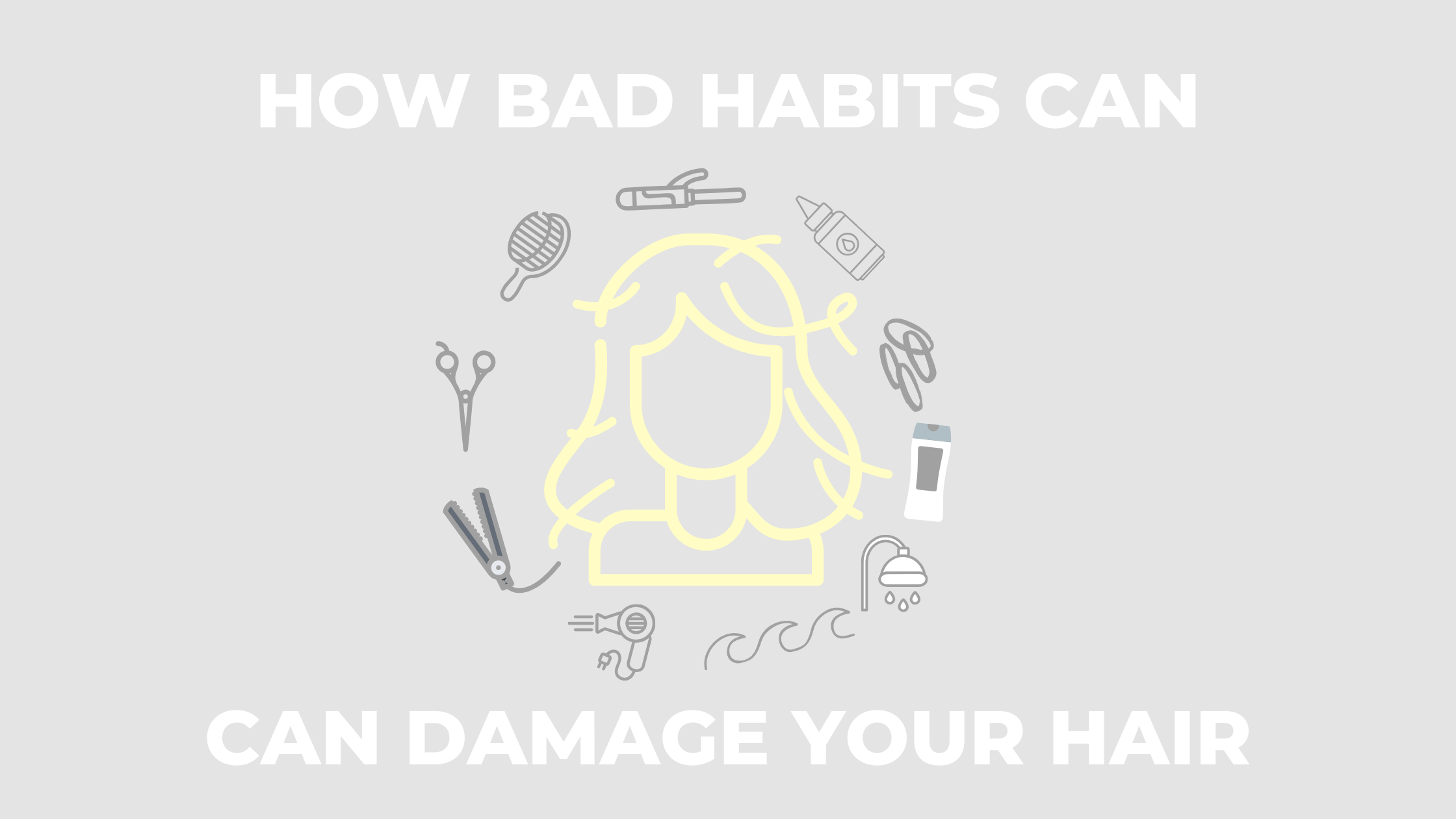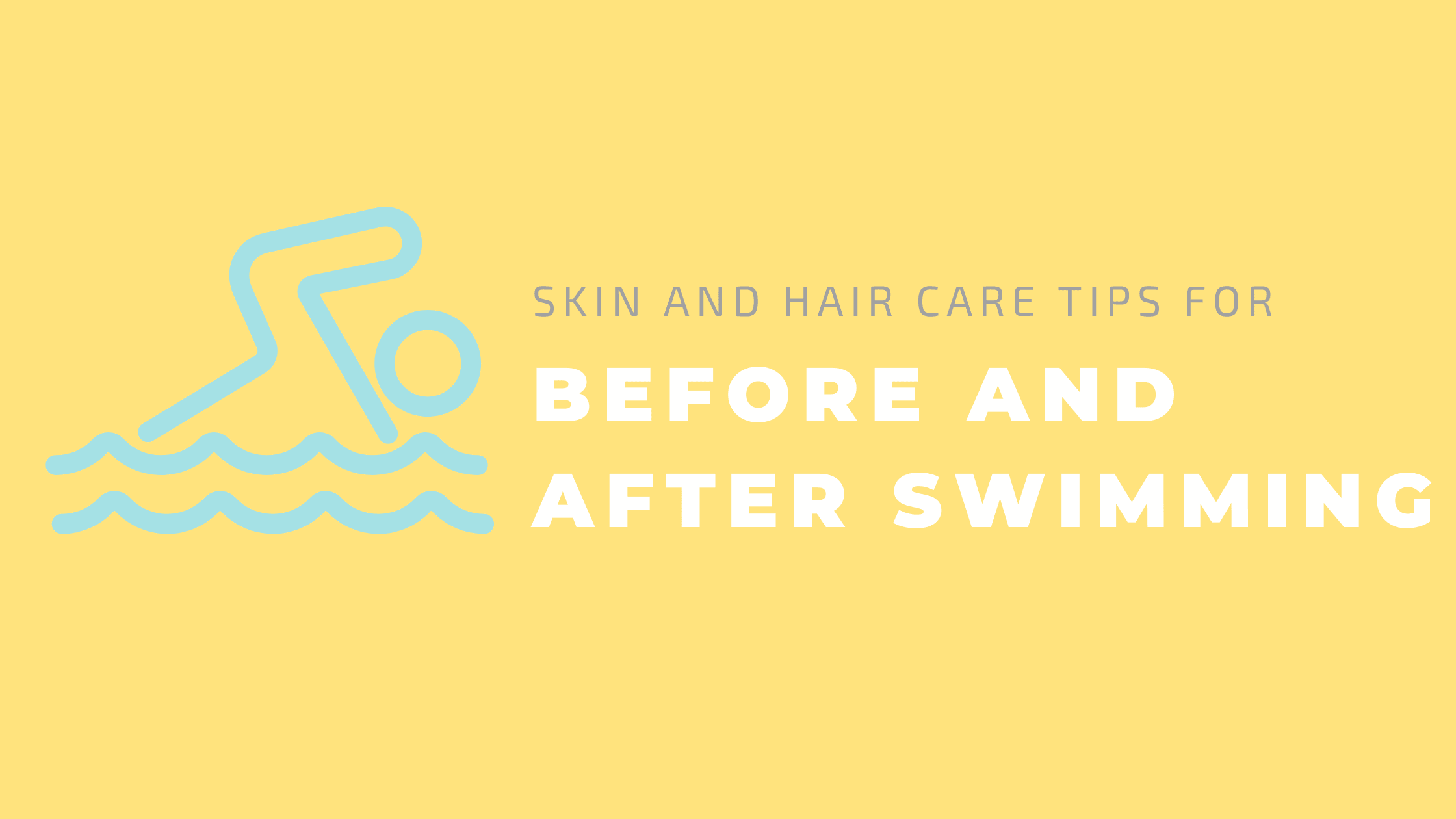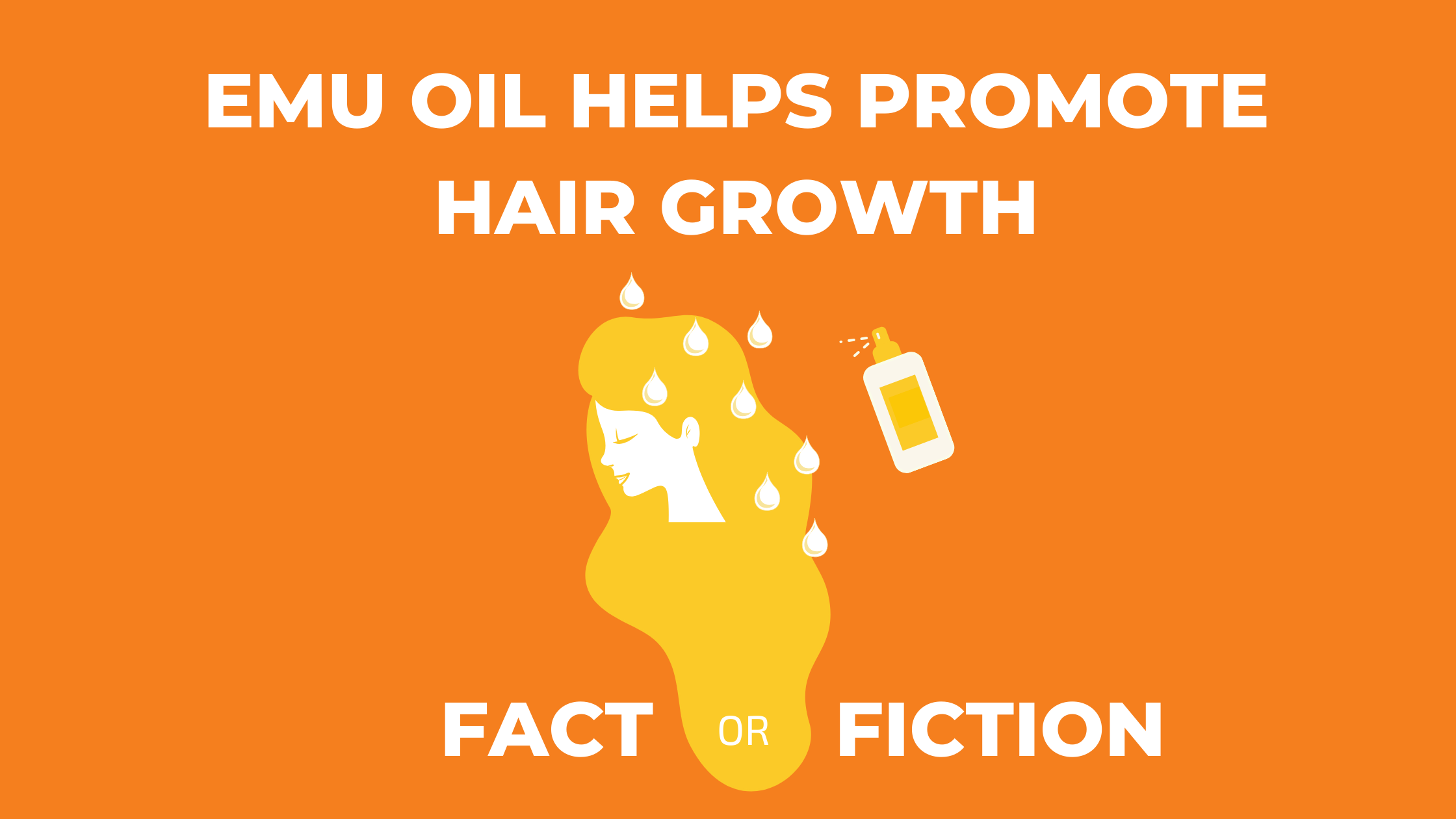
Bad Habits That Can Damage Your Hair
Your hair helps you look and feel good, frames your face and can be styled in countless ways to compliment your appearance and your mood. Let's face it, to have beautiful hair, it does take work and most times, you may not treat your hair with the care it deserves. To that end, you may even have bad hair habits that are damaging your hair. It's not always a conscious decision to harm your hair, and if you are damaging your hair, it's good to find out how. Below you'll find all the possible ways you may be harming your hair, and helpful tips for healthy hair.
How Often to Shampoo Your Hair
How often to wash your hair is a personal preference, but there are certain guidlines you should be aware of. For healthier, shinier hair, shampoo your hair less frequently than you think you should. Shampooing too often can cause dry scalp, dull looking hair and even chemical buildup, leaving your hair prone to breakage and damage.
On the other side of the coin, not shampooing enough can leave dirt and too much oil on your hair which can weigh it down, leaving it also dull looking. Try at first to go as long as you can without shampooing to see how your hair looks and feels. It's also important, no matter how often your decide to shampoo, use a sulfate-free shampoo. Sulfates, such as sodium lauryl sulfate, tend to dry the hair and scalp and may leave you with skin irritation.
If you exercise daily and sweat a lot, or live somewhere with high humidity, you may need to wash daily. Also, if you have dandruff or very oily scalp, it's ok to shampoo more often. Common sense also dictates, when your scalp starts to itch or it's flaking due to dirt, you need to shampoo.
How to Shampoo and Condition Your Hair
You would be surprised how many people don't wash their hair properly. Wet your hair with warm water only. Hot water can dry your hair. Rinse your entire scalp, and wet the roots of your hair completely under water for about one minute. Place a small amount of shampoo into the palms of your hands, and massage onto the scalp. However, don't rub your scalp too hard or too vigorously. When shampooing, don't pile your hair on top of your head. The ends don't need as much shampoo as the area near your scalp. Unless your hair is extremely dirty, just lathering once is sufficient. Rinse throughly with warm water.
Using a small amount of conditioner, massage it in the middle and ends of your hair. The scalp area has new hair growth and therefore, won't need extra moisture from a conditioner. Leave the conditioner on for a few minutes. How long you leave it on depends on the condition of your hair. If dry or damaged, leave longer, if oily, leave for only a minute. A shower cap can be used to allow the conditoner soak well. Next run a comb through your hair while the conditioner is still on your hair. This will make your hair more manageable while drying. Rinse well with warm water and preferably, dry your hair with a towel and then air dry. If you're looking for a clean and effective conditioner that is perfect for sensitive skin, check out Cleure Fragrance-Free Conditioner.
Shop Our Recommendations
Best Type of Hair Brush to Use
With so many different types, shapes and sizes of hair brushes available, how do you know which is best for you?
-
Natural bristles are usually made with boar bristles and may be pricey. They may also be a bit hard on the scalp, since they don't have rounded ends. Natural bridtle brushes make it easier to brush slightly damp hair. However, it's easy to cause breakage of your hair when you brush your hair when it's wet. This is when your hair is at its weakest and most elastic. If need be, use your finger, or comp or brush when your hair is coated with conditioner before you rinse it off.
-
A hair brush with synthetic bristles are best for super thick hair and for detangling. The bristles may be rubber-tipped or made of nylon. This type of brush is typically more gentle on your hair. They tend to glide through hair and the vents in the back allow air and moisture to pass through for quicker drying time.
-
Rectangular paddle brush is great to help flatten frizzy or super curly hair. This type of brush may pull hair, so it's not recommended for wet hair.
-
Round hair brush is great for blow dry styling. They come in a variety of sizes for desired loose or tight curls.
How to Brush Your Hair
It the old days it was said you have to brush your hair every night for on hundred times. You don't have to count how many times you brush your hair any longer. Follow these steps for smooth and silky hair:
- Section your hair and brush a small section at a time. This way, you're not pulling and causing damage.
- Start at the roots and brush your hair down to the tips.
- Don't tease or back-comb your hair. This causes scales of your hair to break off, resulting in damage.
- Don't over brush your hair, which can lead to split ends.
How Often to Trim Your Hair to Avoid Split Ends
Split ends occur naturally on all hair within 3 months. Trimming your hair on a regular basis will help prevent split ends. For best results, you should leave this to your professional hairdresser and not your kitchen scissors. If you want to trim your own hair, use hair shears only.
For best results, hairdressers recommend trimming your hair every 6-12 weeks. This will help keep the length and shape of your hair, while removing splitting ends. Only one fourth (1/4) inch or less is all that's needed, if you want to keep the length the same.
In winter you may want to trim slightly more, such as half an inch every 8-10 weeks. Dry winter air tends to create more split ends. There are no products that can reverse or heal split ends. Certain chemicals tend to cause damage to your hair. These include:
- Perms
- Hair relaxer
- Hair highlighters
- Hair color
-
Chlorine in pool water
Hair Care That Can Cause Damage
- Excessive heat damages your hair strands and follicles. The result will be brittle hair that breaks off.
- Use minimum amount of heat possible, and only one tool per styling. Steam rollers are a safer alternative and will not dry your hair.
- Wearing a tight ponytail the same way frequently can cause tension to the hair roots.
- Thick, narrow hair ties with metal fasteners are the wrong choice for your hair. This causes stress, breakage and irritation. No-tug or ribbon hair ties cause less stress to your hair.
Hair Care Tips for Healthy Hair
An ounce of prevention and proper care will help protect your hair from damage:
- Never use shampoo with harsh detergents, such as sodium lauryl sulfate (SLS).
- Rinse your hair with warm water only, never hot.
- Braid or put your hair in a bun while sleeping to prevent tangles and breakage.
- For swimming, consider a swim cap.



Leave a comment
This site is protected by hCaptcha and the hCaptcha Privacy Policy and Terms of Service apply.